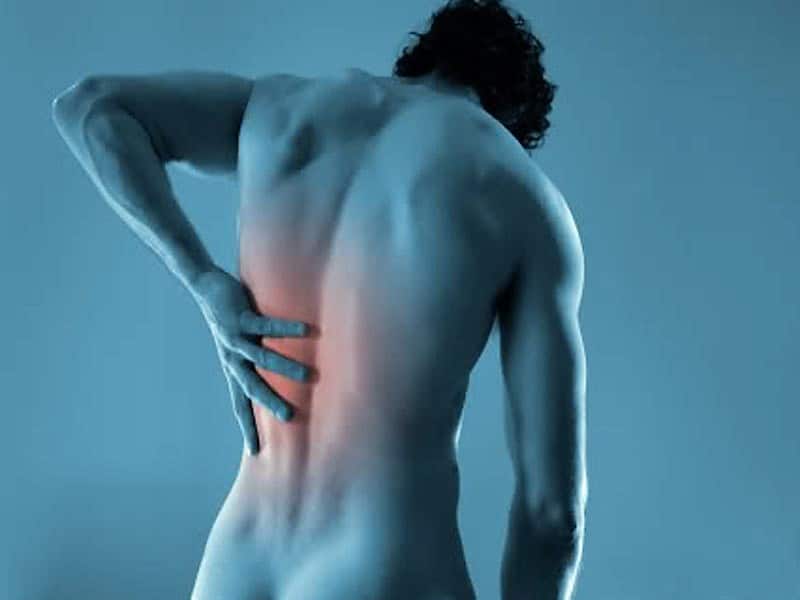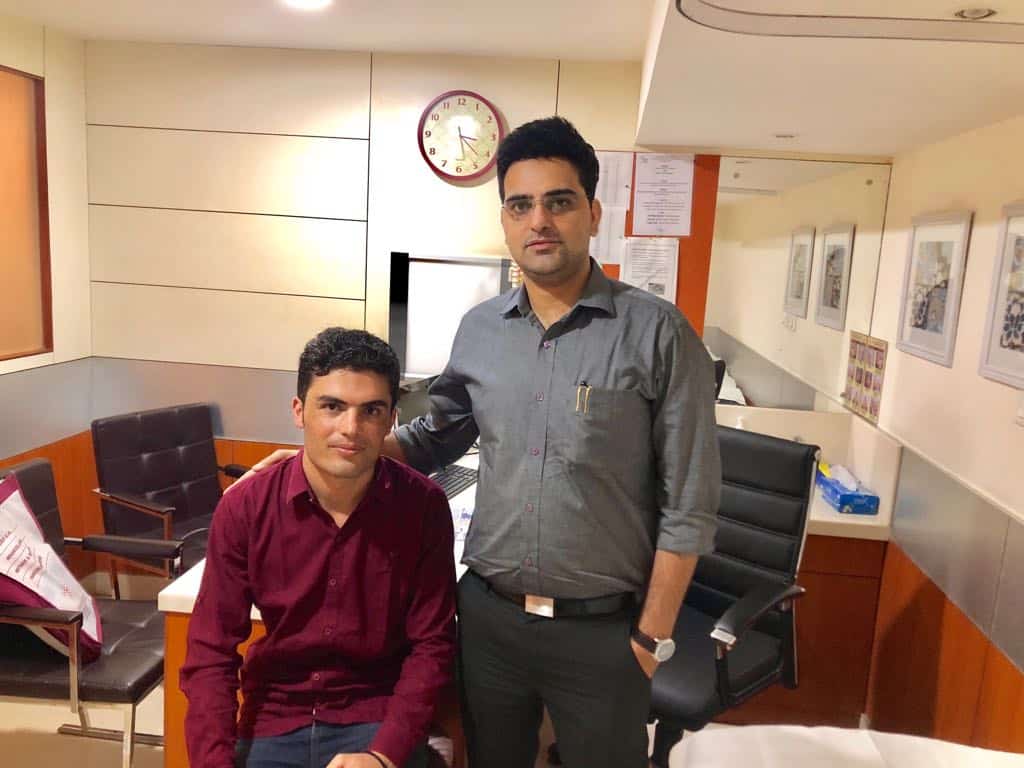In between the vertebra or bones in spine are discs. Discs acts as shock absorbers and help in movement and flexibility of spine. These discs are made of a tough outer layer and have a jelly-like nucleus. A disc can bulge, slip or herniate, which means the disc structure remains intact but bulges abnormally out of place. It can also rupture, which means that the outer layer has torn and the jelly-like center has leaked into the spinal canal, where nerves are located. This can put pressure on nerves, muscle and surrounding tissues. If doctor suspects a ruptured disc in lower back (lumbar spine), these will be the specific symptoms.

Pain
Pain from a ruptured disc can be very severe. It can occur just in the low back, or the pain can radiate into the buttocks, down the legs and into the feet, causing sciatica. The pain may be sharp or burning and become worse with activities such as sitting, standing, walking, twisting and bending. The pain may occur on just one side of the body, depending on which direction the disc herniated.
Numbness
Pressure on surrounding nerves can interrupt the signals that must get to the leg muscles. This can cause sensations such as numbness, pins and needles and tingling sensations in the legs and feet. In addition, one may also experience muscle weakness or muscle cramps in one or both legs. If severe enough, this may inhibit ability to walk and move around.
Loss of Bladder and Bowel Control
Since the nerves that help to control your bladder and bowel movements travel through the lumbar spine, these functions can be disrupted if a ruptured disc compresses them severely. One may develop incontinence and lose complete control over ability to urinate and pass stools.









